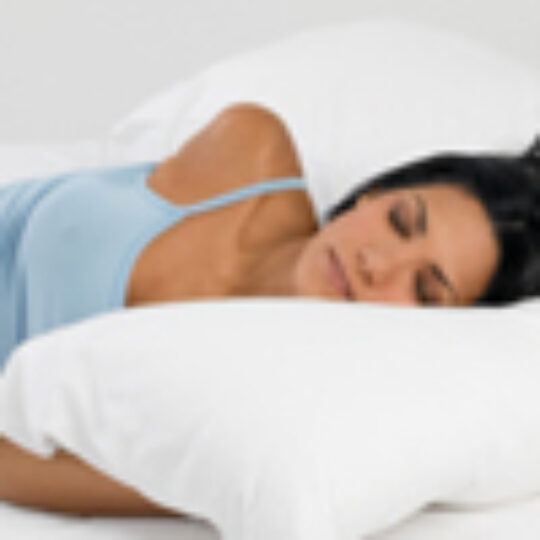Sleep Glossary

All the Sleep Terms you Need to Know
Cataplexy: A symptom of cataplexy includes a loss of muscle tone that leads to feelings of weakness and a loss of voluntary muscle control.
Central sleep apnea: This is a sleep disorder in which the airway is not blocked but the brain fails to signal the muscles to breathe.
Chronotherapy: This is a behavioral technique in which bedtime is systematically adjusted. It is used in cases when the patient’s sleep-wake pattern is out-of-synch with the external environment.
Circadian rhythms: These biological rhythms include the internal "clock", which influences when, how much, and how well people sleep.
Cognitive therapy: In some cases of insomnia, this therapy includes interventions that are meant to help people identify and correct inappropriate thoughts and beliefs that might contribute to insomnia.
CPAP (continuous positive airway pressure): This is an effective treatment for sleep apnea patients. It delivers air into airways through a specially designed nasal mask or pillows.
Delta sleep: Also called slow-wave sleep, this deep sleep occurs in stages 3 and 4 of non-rapid eye movement sleep.
Mixed sleep apnea: This is a combination of central sleep apnea and obstructive sleep apnea.
Multiple sleep latency test (MSLT): This test assesses the severity of sleepiness by measuring the speed of falling asleep.
Narcolepsy: This is a neurological condition in which people experience excessive daytime sleepiness, cataplexy, sleep paralysis, hallucinations, and intermittent, uncontrollable sleep attacks during the daytime.
Non 24-hour sleep-wake disorder: This is a circadian rhythm disorder, usually seen in blind people, in which the sleep-wake pattern does not conform to the usual 24-hour cycle.
Non-rapid eye movement (NREM) sleep: This is one of the two basic states of sleep. It consists of stages 1, 2 (light sleep) and 3,4 (deep sleep).
Obstructive sleep apnea (OSA): This is the most common kind of sleep apnea. It is caused by a blockage of the upper airway.
Periodic limb movement disorder (PLMD): This is a disorder in which rhythmic jerking of the legs interrupts sleep, causing insomnia and/or excessive daytime sleepiness.
Parasomnias: These are abnormal behaviors that occur during sleep that interrupt sleep and can result in injury, insomnia, and/or excessive daytime sleepiness.
Polysomnography: This is a test that records sleep architecture (such as the amount of NREM and REM sleep, number of arousals) and a variety of body functions during sleep, including breathing patterns, heart rhythms, and limb movements.
Progressive muscle relaxation (PMR): This is a relaxation method that involves tensing and relaxing muscles of the body in a given order, ultimately to achieve relaxation of the whole body. It is useful in some cases of insomnia.
Rapid eye movement (REM) sleep: REM is one of the two basic states of sleep. REM sleep, also known as "dream sleep", is characterized by rapid eye movements, and more irregular breathing and heart rate compared to NREM sleep.
Sleep apnea: This is a serious sleep disorder that occurs when a person’s breathing is interrupted during sleep.
Sleep hygiene: This refers to the practices, habits, and environmental factors that are important for getting sound sleep.
Sleep paralysis: This is a symptom of narcolepsy. It involves the temporary inability to move or speak while falling asleep or waking up.
For more information on sleeping problems, download our free Sleep Treatment Guide.
